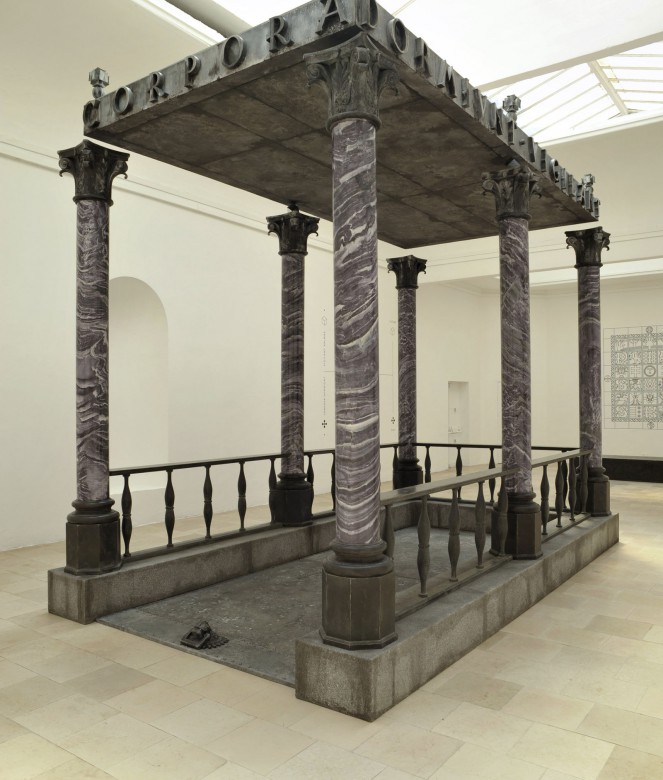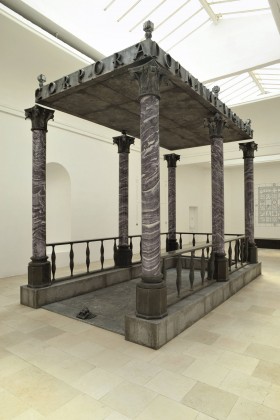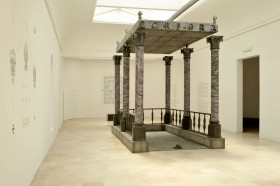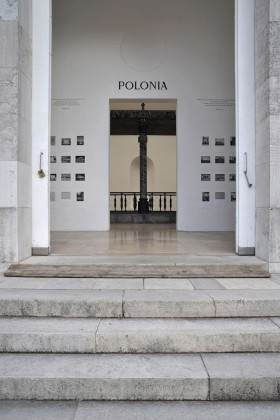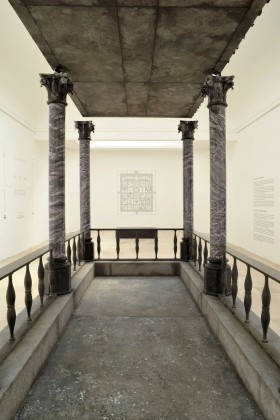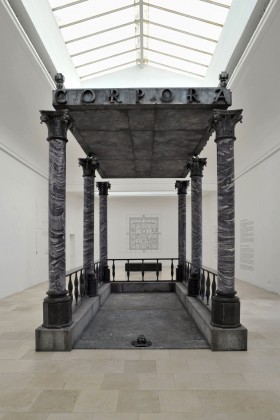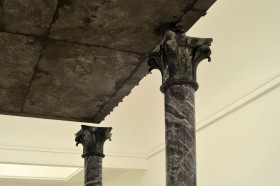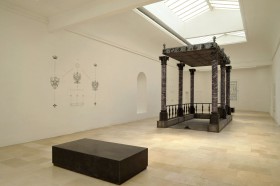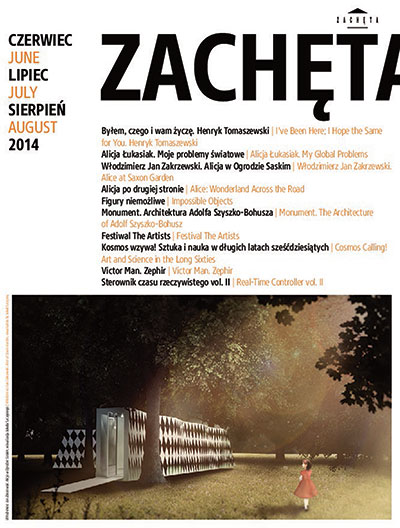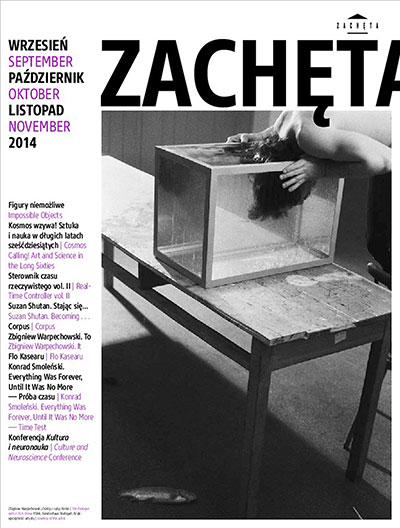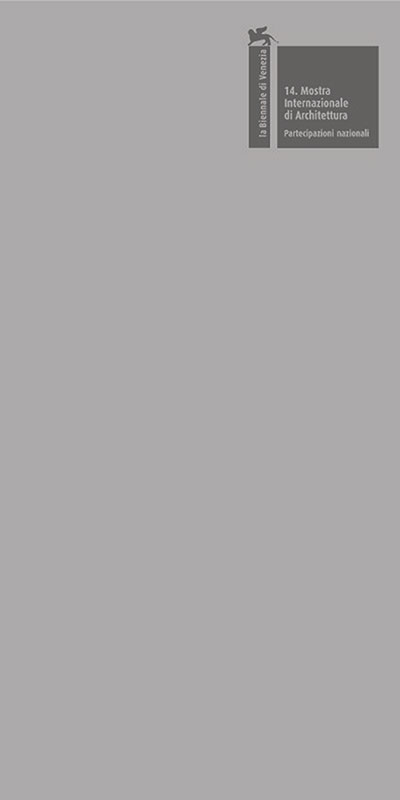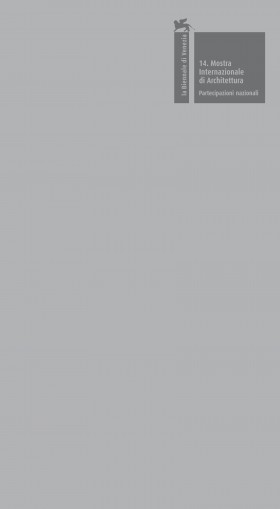14th International Architecture Exhibition — la Biennale di Venezia Impossible Objects
07.06 – 23.11.2014 14th International Architecture Exhibition — la Biennale di Venezia Impossible Objects
Polish Pavilion at the International Architecture Exhibition – La Biennale di Venezia
Polish Pavilion Commissioner: Hanna Wróblewska
curatorial team: Institute of Architecture — Dorota Jędruch, Marta Karpińska, Dorota Leśniak-Rychlak, Michał Wiśniewski
artistic concept: Jakub Woynarowski
assistant commissioner: Joanna Waśko
Created at the Polish Pavilion by the Institute of Architecture and Jakub Woynarowski, the exhibition Impossible Objects deals with the relations between modernism and politics in the context of building a modern nation state. The show’s highlight is a natural-scale replica of the canopy over the entrance to the burial crypt of Marshal Józef Piłsudski, the Polish political and military leader, created in 1937 at the Wawel Cathedral in Kraków according to a design of Adolf Szyszko-Bohusz. Several alternative variations of the canopy presented by the architect illustrate the process of arriving at a modernist form: from historicising loftiness to modern simplification. This is a literal stylistic absorption of modernism within a single object of small scale but complex symbolism. Embedded in the local context, the canopy is also an example of the self-contradictions characteristic for the European nation states that emerged after the First World War, torn, as they were, between an ambitious striving towards modernity and a rootedness in the rituals and myths of the past. The canopy showcases elements of official leader-cult propaganda, which has analogies in various European countries in the 1930s. Informed by the period’s classicising monumental modernism, the object’s style evokes the suffocating, xenophobic atmosphere of late-1930s Europe as it headed towards another devastating conflict.
The canopy is accompanied by large-scale drawings, created by Jakub Woynarowski, explaining the object’s specificity. The show’s narrative is also complemented by iconographic material depicting – through examples of monuments, mausoleums and tombstones from the era – the concatenation of power, modernism, and death.
A comprehensive commentary on the Venice presentation will be provided by the Warsaw exhibition “Monument. The Architecture of Adolf Szyszko-Bohusz” (Zachęta – National Gallery of Art, 16 June – 24 August 2014), which focuses on architecture’s myth-creating potential as exemplified by his work
14th International Architecture Exhibition — la Biennale di Venezia
Impossible Objects
07.06 – 23.11.2014
Polish Pavilion at the International Architecture Exhibition – La Biennale di Venezia
Giardini della Biennale, Venice, Italy
See on the map
Polish participation in the 14th International Architecture Exhibition in Venice was made possible through the financial support of the Ministry of Culture and National Heritage of the Republic of Poland.
organiser of the exhibition: Zachęta – National Gallery of Art, Warsaw
exhibition partners: Adam Mickiewicz Institute; National Digital Archives, Poland
